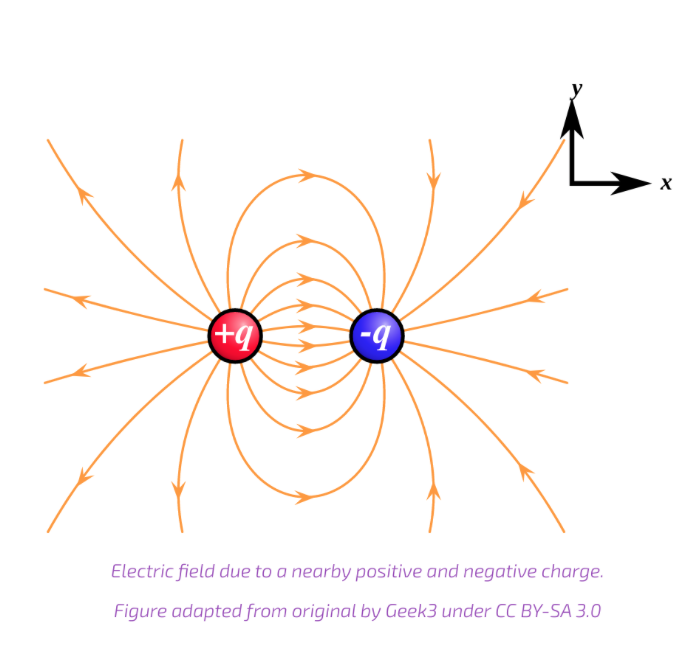8.2 Electric Charge
As of 2021, the College Board only tests Units 1-7 on the AP Physics 1 exam. This content will not be tested on the exam but remains a valuable resource for understanding electric charge and its interactions.
Enduring Understandings
5.A: Conservation of Quantities
Certain quantities are conserved, meaning the changes within a system are always equal to the transfer of that quantity to or from the system through interactions with other systems.
1.B: Electric Charge
Electric charge is a property of an object or system that affects its interactions with other charged objects or systems.
Essential Knowledge
1.B.2: Types of Electric Charge
There are only two types of electric charge: positive and negative.
Neutral objects or systems contain equal amounts of positive and negative charge.
Some fundamental particles, such as neutrons, have no electric charge.
Interactions with Other Objects
Charged objects interact by either attracting or repelling other objects:
Like Charges Repel: Two objects with the same charge (e.g., both positive or both negative) will repel each other.
Opposite Charges Attract: Two objects with opposite charges (one positive, one negative) will attract each other.
Charged and Neutral Objects: A neutral object is always attracted to a charged object.
Why Do Neutral Objects Attract Charged Objects?
Neutral objects are attracted to charged objects due to the redistribution of charges within the neutral object, creating an induced charge separation. This phenomenon results in an attractive force between the neutral and charged object.
Electric Fields
Note: AP Physics 1 doesn’t cover electric fields in detail. However, understanding them provides a foundation for discussing electric forces. AP Physics 2 delves deeper into electric and magnetic fields.
An electric field describes the region around a charged object and its influence on other charges:
Field Lines: Represent the direction a positive test charge would travel when placed near a charged object.
Positive Charge: Field lines point away, as the positive test charge is repelled.
Negative Charge: Field lines point inward, as the positive test charge is attracted.
Visualizing Electric Fields:
Electric field diagrams help visualize the direction and strength of the field.
For complex arrangements, creating field diagrams provides insight into the electrostatic forces at play.
Electric charge and its interactions are foundational to understanding electrical forces and circuits. To explore electric forces further, refer to the next section in this guide.








